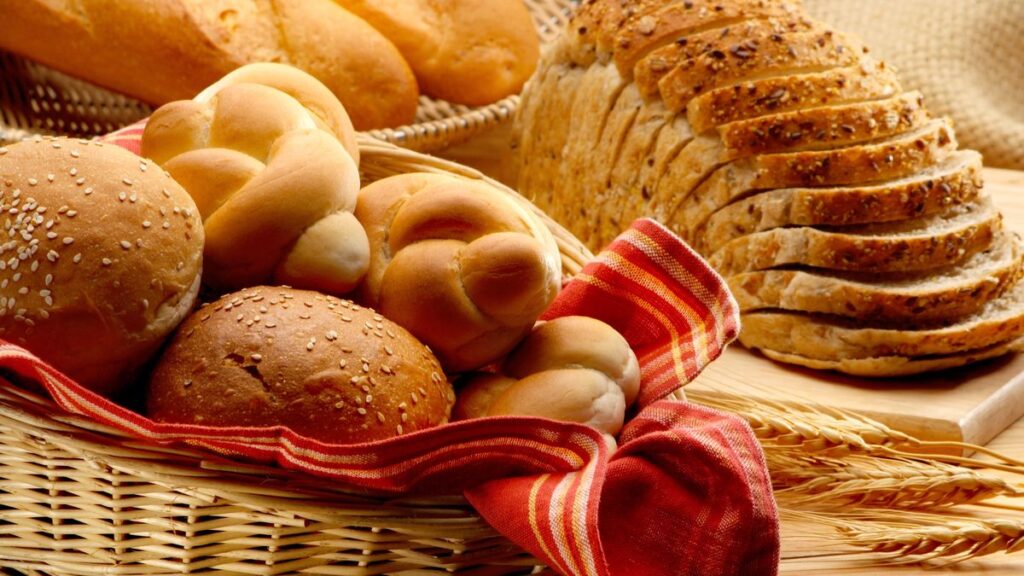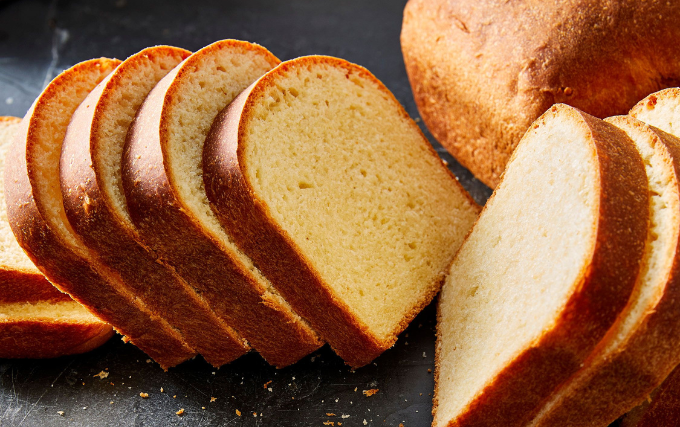What is glútem? All The information You Require
Rye, barley, and wheat contain this protein. It is the cause of dough’s suppleness and elastic properties. In many baked goods, it is a necessary component. However, ingesting gluten can cause adverse reactions in some people, leading to a disease known as celiac sickness.
Recently, there has been a surge in interest in gluten-free products and diets, which has many people curious about what gluten actually is and why individuals avoid it. We’ll examine the basics of gluten in this piece, along with how it affects health.
What exactly is Gluten?

Barley, wheat, and rye all contain gluten, a protein. Two proteins called gliadin and glutenin make up it. Both add to the dough’s texture and flexibility. It contributes to the light, fluffy, and chewy texture of bread and other baked foods.
Processed meals like dressings, sauces, and soups frequently use gluten as a binding agent. It’s also present in unexpected foods such as soy sauce and some prescription drugs.
What is gluten intolerance?
The condition known as celiac disease, or gluten intolerance, is caused by the body’s adverse reaction to gluten. When a person with celiac disease consumes gluten, their immune system responds by attacking the lining of their small intestine, damaging the lining and impairing nutritional digestion.
Gluten intolerance can cause a variety of symptoms, such as fatigue, bloating stomach pain, constipation, diarrhea, and constipation. If left untreated, the illness can lead to serious health problems like anemia, malnourishment, and a higher chance of developing several cancers.
Gluten-Free Diets
As the prevalence of gluten intolerance and celiac disease rises, many people are choosing gluten-free diets to manage their symptoms and improve their general health. Avoiding foods like barley, wheat, and rye that contain gluten is known as a gluten-free diet.
Though those with celiac disease must lead a gluten-free lifestyle. It’s also been well-liked by those who want to improve their overall health or lose weight. It is important to keep in mind that there is not enough scientific data to substantiate the claim that those without celiac disease or gluten intolerance can benefit from a gluten-free diet.
Gluten-Free Products

As the market for gluten-free products has expanded, so too have the gluten-free substitutes. Many supermarkets have dedicated aisles for gluten-free goods. The market offers a wide range of gluten-free products and brands.
Popular gluten-free foods include bagels, donuts, and pasta as well as bread and baked goods. But remember, labeling a food item as gluten-free doesn’t necessarily indicate its healthiness. Most gluten-free products undergo extensive processing and might contain unhealthy fats or added sugars.
Gluten-Free Foods Near Me
If you’re observing a gluten-free diet You might be wondering what gluten-free options are available in your area. There are several eateries that have gluten-free menus or options. Another option is to search for nearby specialty shops or gluten-free bakers.
Making your own gluten-free meals and baked goods at home is an additional choice. Numerous gluten-free recipes are available online. You can cook enticing, healthy gluten-free meals in your own kitchen with a little experience.
Gluten-Free vs. Wheat-Free
It’s critical to realize that being gluten-free and wheat-free are two different things. Other foods also contain gluten, with whole wheat being the most prevalent source. Barley and Rye are only two of the many other grains that contain gluten. The wheat-free diet can have gluten derived from other sources, whereas a gluten-free diet completely eliminates sources of gluten.
How do you know whether a product is gluten-free
While doing a grocery shop You have to read the labels carefully when grocery shopping to find out if a food item is gluten-free. Ensure you seek products accredited by various organizations, including The Gluten-Free Certification Organization (GFCO), and that clearly label them as gluten-free.
Commonly used gluten alternatives include tapioca starch, almond flour, and coconut flour. Verifying that the product is truly gluten-free requires reading the label.
Substitutes for Gluten-Free

Should you be adhering to a gluten-free diet, you may be considering ways to replace gluten-containing ingredients in your favorite recipes. Almond flour, coconut flour, and gluten-free all-purpose flour mixes are just a few of the easily accessible gluten-free possibilities.
Another option is to replace grains manufactured from wheat with gluten-free grains, such as quinoa, oats, or rice. It is important to ensure that the oats you buy are free of gluten, as sometimes during processing they might become contaminated with gluten.
Gluten-Free Recipes
Are you trying to find recipes to prepare at home that don’t include gluten? Here are some suggestions to get you going:
- The ingredient in gluten-free bagels is almond flour. They work well for preparing a quick and easy breakfast.
- Gluten-Free Pizza Your cravings for pizza will be satisfied by the gluten-free flour blend used to make the crust.
- Gluten-free donuts are a healthier substitute for regular donuts, as they are prepared with coconut flour.
Rye, barley, and wheat contain this protein. It’s a protein that people with gluten intolerance and celiac disease may respond negatively to. There’s not enough data to back up assertions that those without gluten intolerance benefit from living a gluten-free lifestyle, even if it may be necessary for those with severe problems.
Make sure you read the labels and look for gluten-free goods if you’re following a gluten-free diet. Use your imagination while creating meals and substitutes at home that are gluten-free. You may enjoy delicious, healthful, and gluten-free baked goods if you put in a little work and effort.
Conclusion
The glútem, often known as the gluteal muscles, is an essential component of the human body’s general function. These buttock muscles play a major role in a number of vital motions, including running, walking, and keeping good posture. Exercises that focus on the strength and tone of the glútem muscles have become popular for both cosmetic and health reasons, in addition to their functional significance, in the fitness and wellness domains.
Taking good care of these muscles can improve overall physical performance, lower the chance of injury, and support a well-rounded, balanced training program. To achieve optimal health and functional fitness, it is crucial to comprehend and incorporate activities that engage the glútem muscles, regardless of the context—biomechanics, exercise physiology, or general well-being.
